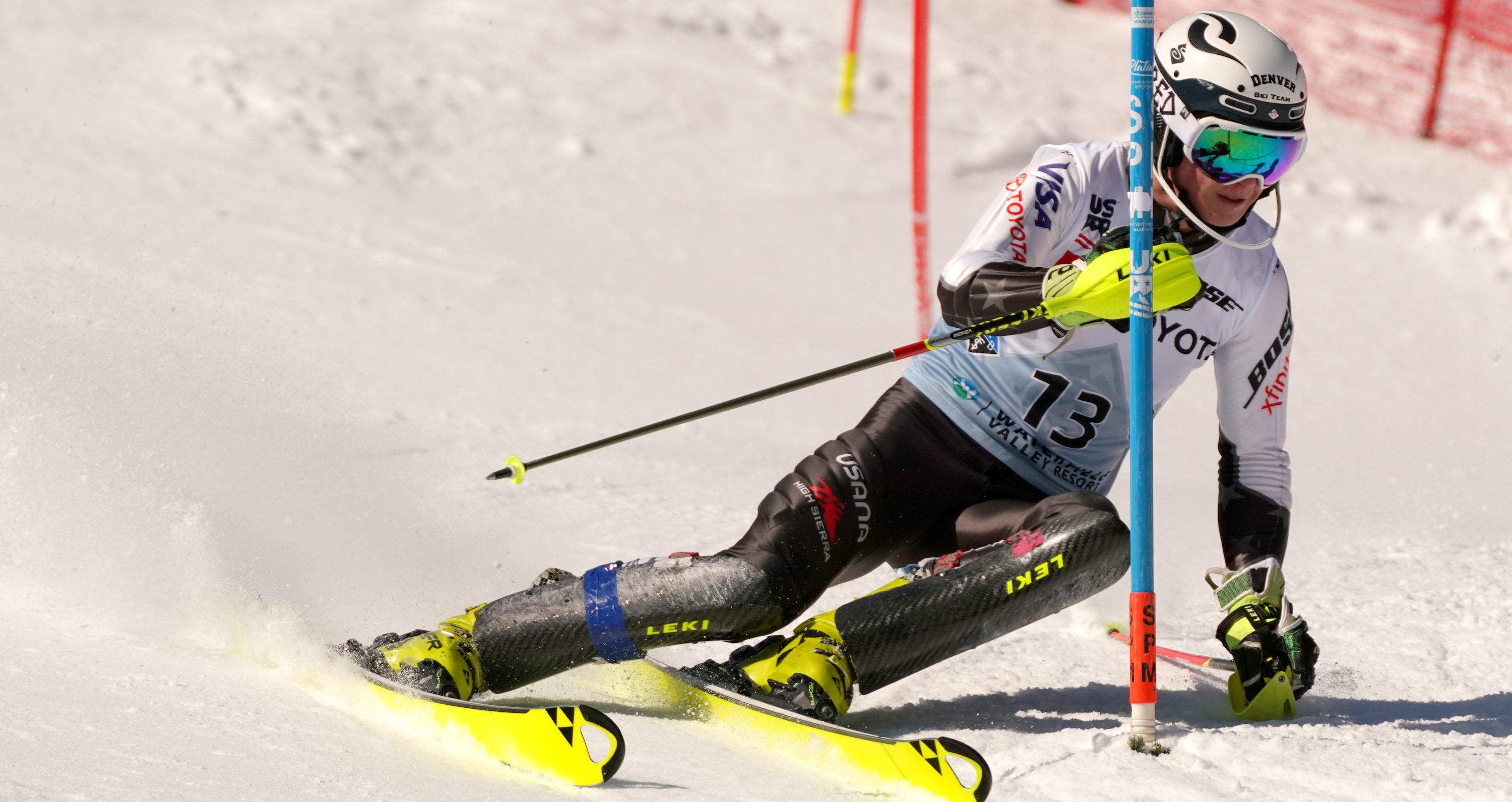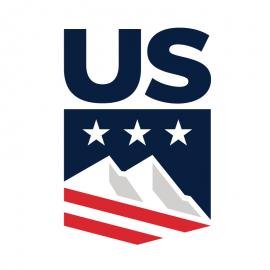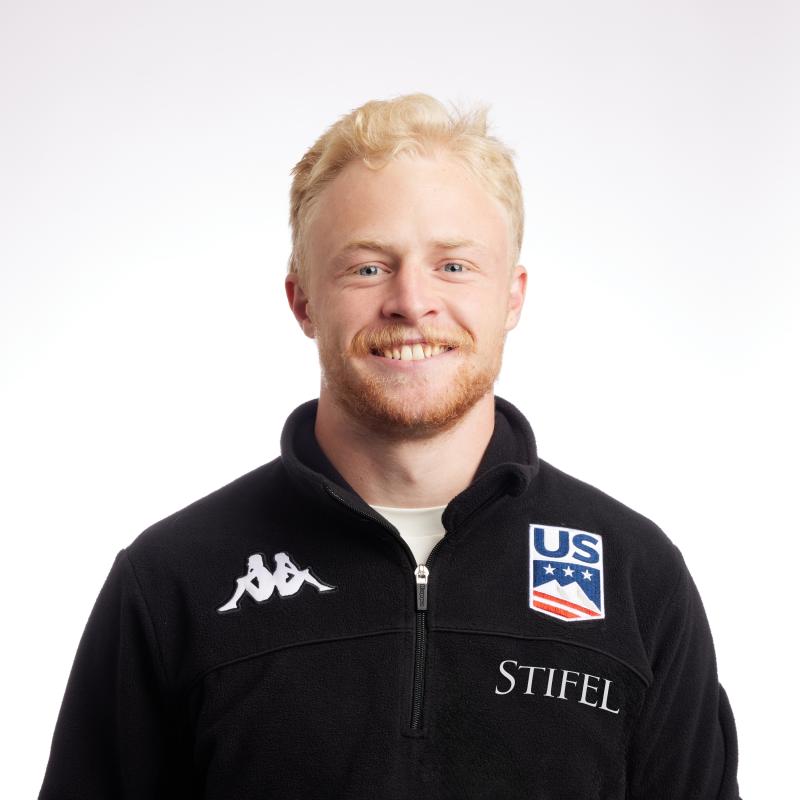College Ski Racing and the U.S. Ski Team: My Perspective on USST, NCAA

In response to the recent discussion put forth by Ski Racing Media about collegiate ski racing and the relationship between NCAA skiing and the U.S. Ski Team, many members of the community wanted to weigh in with their perspective and have asked that we publish their pieces, so their voices are heard.
One of these individuals is current U.S. Ski Team B Team athlete and 2019 NCAA slalom champion, who currently attends the University of Denver (DU), Jett Seymour. Jett wrote this piece in response to a Ski Racing Media article, USST, NCAA butt heads over NorAm schedule.
--------------
The United States Ski Team and their view on college skiing has been a very controversial topic for years. From my perspective it is a very interesting conversation that is more complex than coaches and administrators make it seem. First, I would like to say that I agree with both sides of this article and both have valid points. However, as in most controversial issues; both make points that I disagree with and have a different view based on my experience.
Let’s first talk about the NorAm schedule, the premise of this article. NorAms are designed to create a platform for the best athletes in North America to make it onto the World Cup and hopefully become successful at the highest level of competition. That being said, the NorAms must cater towards the schedule of the World Cup skiers. This past season, watching some of the top skiers in North America such as Simon Fournier, River Radamus, and Brian Mclaughlin race world cups was an absolute treat. However, competing on the World Cup is difficult; everything must go right on your one run down the course in order for you to make it into the top 30 and be able to compete in the second run. Rarely do we see someone like Lucas Braathen break into the top 30 world cup start list their first-year racing World Cup. There will always be athletes that will make it look easy, but, there are also athletes that have shown so much speed but just need one little thing to go right for them to make a huge break through and that might take a year or two of racing World Cup. But athletes must race NorAms in addition to World Cups in order to keep FIS points low and ensure a second year on the World Cup circuit. When the NorAms are scheduled over top of the World Cup races, North American skiing as a whole is making it harder on the athletes to succeed at the highest level in the sport. “The NorAms serve multiple roles, but that one is absolutely critical because without serving that role, our athletes have no pathway to the top in the world,” said Shaw. “And that’s our job, as the people who run the national team” (Ski Racing Media). I completely agree with this quote and I think that Tiger Shaw has a very good point. Europa Cups do not overlap with World Cups for the most part, so why should NorAms?
Can college skiing be a part of the “pipeline”?
This is a difficult question. In my experience after going through this process of using the college circuit as a viable option to make it to the World Cup there really isn’t a right answer to this question. Multiple athletes have proven that it is possible, but I don’t think there are a lot of people that really understand exactly how hard it will be. First, there is the challenge of making it onto a college team fresh out of high school, which is hard; the level of skiers on the college circuit is high. Second, being able to improve your skiing in college is more difficult than it would be with the USST. I was lucky enough to be able to train and travel with the USST the whole time I was in college and without that access to World Cup level training, I would not have had the success that I have had. However, I think that if I were to skip college and go straight to the USST I would be in a different place in my career.
College provided me with the opportunity to really find who I was as a human. I left high school with very little knowledge about skiing, tuning, ski set ups, and ultimately the real world. I was able to learn so much about skiing that I do not think I would have learned if I didn’t have to take full ownership of my skiing career. However, I had two pretty bad seasons in a row and I really struggled mentally and physically. I was so programmed from my younger years to take as many runs as possible and to just keep skiing that I ended up hurting myself more than helping myself, mainly during early season. It takes a unique person to be able to thrive in college and embrace the struggle, learn from all the mistakes, take the lessons you have learned and apply them to your career. Going the college route is not for everyone. Going straight to the USST I think is for sure the easier route and if there are the right coaches and athletes, for your career in my opinion, I think it would be more beneficial. In my case, the first year on the team, there were still team fees and the financial strain of skiing was still falling on my shoulders. I was able to alleviate that while getting an education, which was a no brainer. I was a little boy when I went to college; I weighed 145 pounds at most and was immature. In my specific scenario attending college was the best option at the time and I wouldn’t change the way I did it at all. The amount of effort you put into the route you choose to go determines how much you are going to get out of it. At the end of the day, the effort I put into workouts is the same at the University of Denver as it would be with the USST, the turns I make training with the University of Denver are still the same ones I would make with the USST, and the dedication I have to the sport remains the same no matter where I am skiing.
One point in the article that I thought was a little unfair is about the “frantic athlete”: an athlete willing to sacrifice it all in order to be top 10 in the world. According to the article by Ski Racing Tiger Shaw said an athlete with other goals or aspirations is probably an athlete that should not be involved with the U.S. Ski Team. [See Ski Racing notation below] I had the opportunity to talk with Tiger Shaw about these quotes and he defined a “Frantic Athlete” a little differently: someone that has always had their eyes set on making the next step at each level of the sport. As in, moving from winning NorAms to winning Europa Cups and World Cups. Still, in the world we live in you must be one of the best racers in the world to make any sort of money from ski racing. When I was stressed out and unsure of the path I chose, that inherent ambition to be the best in the world was crucial in reminding me why I do what I do. However, often we are only training four hours a day—with recovery or a lift, five, maybe six hours. The other hours can be used for anything that you want, so having other goals and aspirations should be encouraged. Obviously having a full class load is a stressful way to fill those hours and racing in Europe is hard to manage, but having something to give your mind a break from ski racing is important.
I am extremely grateful for the opportunities to race on the NCAA circuit along with representing our country. I think us athletes need to remember how lucky we are to have ski racing be part of lives. Ultimately, there is no right answer on what the best options for athletes is because it is very specific to each athlete and I think that all parties should support skiers that show potential. At the end of the day good skiing is good skiing and good skiing can be made into fast skiing.
— Jett Seymour
U.S. Ski Team

